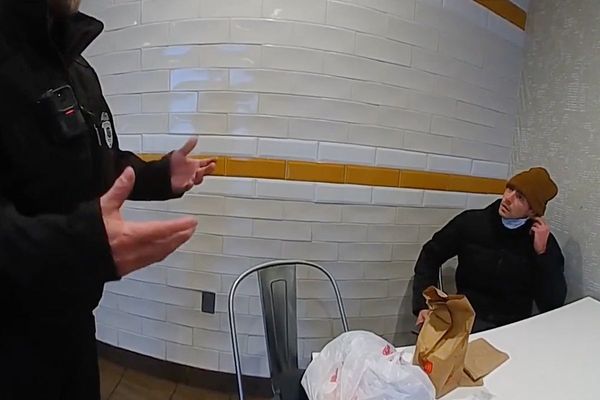
Levels of harmful air pollutants have dropped significantly since the ultra-low emission zone was enlarged to cover Greater London last year, according to a report from city hall.
Analysis covering the first six months since the Ulez expansion found that total emissions of nitrogen oxides (NOx) from cars across London were 13% lower than projected had the scheme remained confined to inner London, while NOx from vans was 7% lower.
Levels of particulate pollution in the form of PM2.5 exhaust emissions from cars in outer London are an estimated 22% lower than without the expansion.
The total change was equivalent to removing 200,000 cars from the road for one year, the report said.
London’s air quality was continuing to improve at a faster rate than the rest of England, with the capital’s pollution rapidly approaching levels seen across the country, it found.
Sadiq Khan, the mayor of London, extended Ulez from the inner London boroughs across the whole of London in August 2023.
The move was bitterly opposed by many in outer London with a number of Conservative-led councils taking legal action.
The most polluting cars must normally pay a £12.50 charge each day they are driven in the capital. Only a minority of cars on the road are affected, with most petrol cars under 19 years old and diesel cars under nine years old exempt.
The proportion of non-compliant vehicles entering the expanded Ulez halved to less than 4% in February, compared with more than 8% detected on London’s roads last June. About 90,000 fewer non-compliant vehicles were detected daily on average each day in the zone.
City hall said the improvements in air quality had exceeded the targets it had set in its consultation before the policy was implemented last year.
Khan said: “Today’s report shows that the Ulez is working even better than expected. The expansion to outer London is already having a significant effect – driving down levels of pollution, taking old polluting cars off our roads and bringing cleaner air to millions more Londoners.
“We are now set to get London’s air to within legal limits by 2025, 184 years earlier than previously projected.”
Christina Calderato, the director of strategy at TfL, said the expansion had cut 424 tonnes of NOx emissions in six months. She said: “We know that toxic air is associated with increased risks of asthma, cancer and dementia, and that it disproportionately affects poorer Londoners and those from Black, Asian and minority ethnic communities.
“With the greatest number of deaths attributable to air pollution occurring in outer London, it’s great to see these results since the Ulez was introduced London-wide.”
Actual levels of NOx from cars in London have fallen by 23% year on year. About nine million people live in the area now covered by Ulez.
A scrappage scheme has disbursed £184m to more than 53,000 approved applications, with about 250 vehicles sent to Ukraine instead of being scrapped.
Overall traffic levels have not changed, bar usual seasonal variations, according to the report.
Silviya Barrett, the policy director at Campaign for Better Transport, said: To further improve the capital’s air quality and reduce congestion, we now need to see fewer vehicles on the roads with ongoing investment in public transport and walking and cycling to help reduce the need to drive.”







